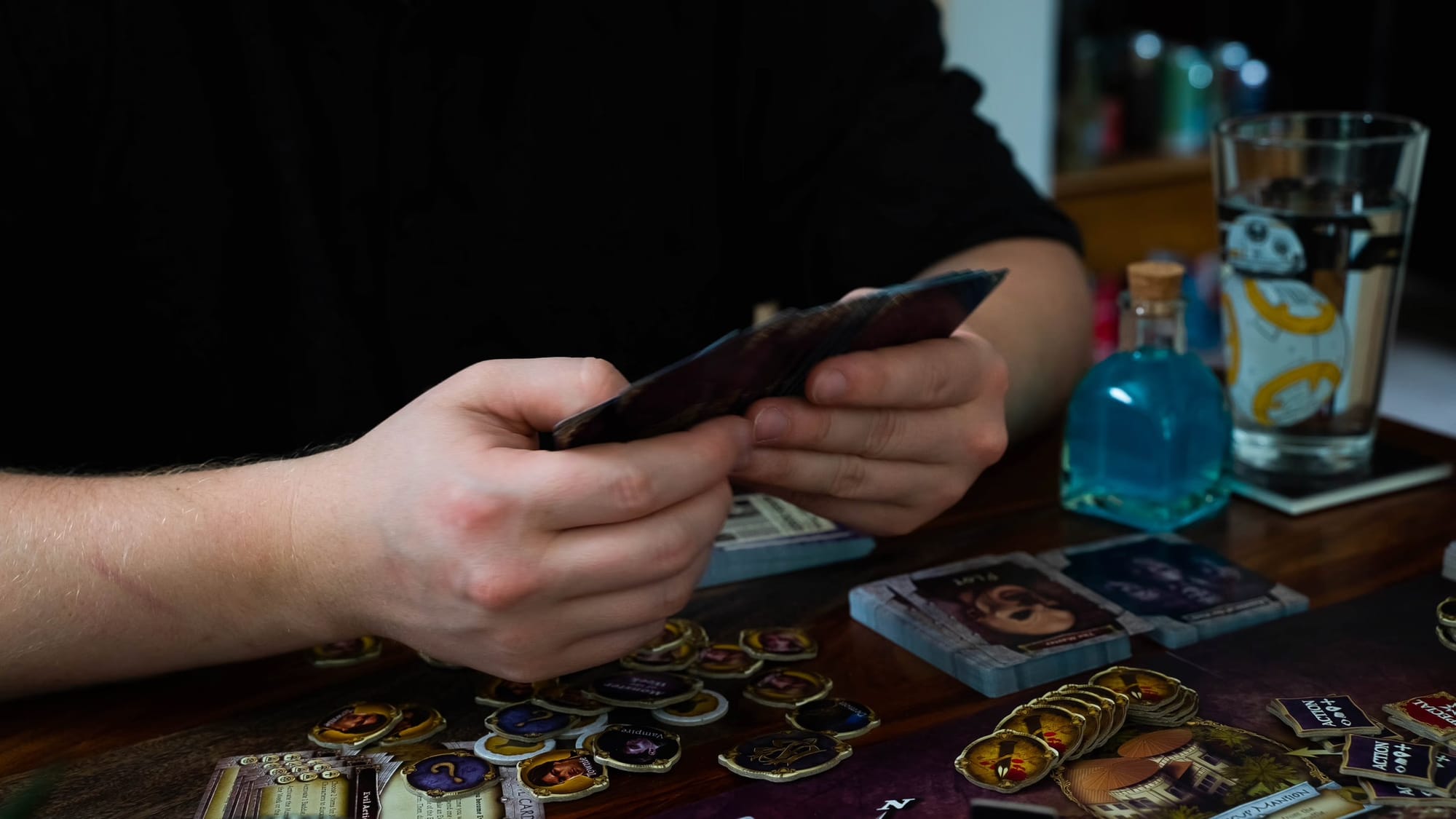How to Get Goerli ETH Testnet Tokens 2025
Master the process of acquiring Goerli ETH Testnet Tokens in our detailed guide. Enhance your Ethereum-based project development with ease

Goerli ETH tokens are used on the Goerli Testnet, a place where developers test new apps before they go live. You can get these tokens for free from places called faucets, like Alchemy and Quicknode, by connecting your digital wallet.
What You Should Know
The Goerli testnet is a popular spot for people to test out their new decentralized apps before they release them to everyone. It works a lot like the main Ethereum network, and it uses a special token called Goerli ETH.
If you want to do anything on the Goerli testnet, like paying transaction fees, you'll need some Goerli ETH. But don't worry, it's free! You can get it from the official faucet or other partner faucets like Alchemy and Quicknode.
Developers need Goerli ETH to test their apps on the Goerli network before they launch them on the main network. People who want to try out these apps before they're officially released also need Goerli ETH. Because of the growth of Layer 2 networks, Goerli ETH has become important for users who want to try out these networks before they go live. Unlike most cryptocurrencies, Goerli ETH isn't meant to be traded and can be claimed for free from several faucets, including the official Goerli testnet.
What is Goreli ETH
The Goerli network operates like any other blockchain network. It is a decentralized ledger system that relies on the participants in the network to validate the data that is added to the system. The Goerli network is compatible with the Ethereum Virtual Machine (EVM), but it's separate from the Ethereum network, so the actions on the testnet do not affect the main network.
Developers are increasingly choosing Goerli as the testing ground for their new applications and smart contracts. One of the reasons for this preference is Goerli's relatively high processing capacity. Additionally, it is compatible with a wide range of node software, including Geth, Parity, Nethermind, and Hyperledger.
This contrasts with alternative test networks like Rinkeby and Kovan, which only support Geth and Parity, respectively. These features make Goerli an ideal sandbox for developers to trial their decentralized applications (dApps) before launching them on the main network.
Goerli testnet operates on the Proof of Authority (POA) consensus mechanism and employs Goerli ETH as its native token.
Getting Goerli ETH from the Alchemy Goerli Faucet
Alchemy lets users who have registered with them claim up to 0.02 Goerli ETH every day.
Step 1: Start by going to the Alchemy site and signing up.
Step 2: Once you're signed up, go to the faucet platform.
Step 3: Now, enter your wallet address and click the button that says "Send me ETH". This will send Goerli ETH to your wallet.
Getting Goerli ETH from the Quicknode Faucet
Step 1: To get Goerli ETH from Quicknode, first go to the Quicknode Goerli ETH faucet.
Step 2: Next, connect your digital wallet to the platform. Quicknode accepts MetaMask, Trust Wallet, and other web3 wallets.
Step 3: After your wallet is confirmed, you can get 0.1 GETH.
Remember, to use the Quicknode Goerli ETH faucet, your wallet needs to have at least 0.001 ETH in the main Ethereum network. In addition to Goerli, Quicknode also provides faucet services for the Sepolia testnet and several other testnets, like Polygon’s Mumbai and zkEVM Goerli.
Uses of Goerli ETH
Now that you've got your hands on some Goerli ETH, let's talk about what you can do with these tokens. Goerli ETH is primarily a token for the Goerli test network, and currently, it can't be moved over to other test networks.
Here are some ways you can use your Goerli ETH:
Understand how Ethereum and other EVM networks operate: If you're new to the world of cryptocurrencies, it can be quite a task to understand the basics of standard crypto transactions and interacting with smart contracts. To avoid losing money when you make mistakes while learning, you can use the Goerli network as a trial run for the Ethereum network before you invest your own money.
Test decentralized apps on the Goerli Network: If you're a developer and have just created a new decentralized solution to be deployed on the Ethereum network, it's crucial to test its features to ensure they meet the necessary security and performance standards.
This also goes for blockchain enthusiasts who want to try out new applications or benefit from incentivized test networks. You can use Goerli ETH to test upcoming decentralized apps like Scroll, and you might even get some tokens when the protocol is launched.
Exchange for real Ether: As mentioned earlier, you can use some real ETH to get Goerli ETH, and the opposite is also true. You can trade your Goerli ETH for ETH at the current rate on supported exchanges. Right now, you can exchange around 13,300 Goerli ETH for 1 ETH. This is also a free way to learn how decentralized exchanges operate and get actual value for your test tokens (although you'll need a lot of Goerli ETH if you're hoping for a steady stream of cryptocurrency income).
Conclusion
The supply of Goerli ETH is decreasing as more and more projects start using the testnet. This is partly due to it becoming the preferred testing environment for individual projects launching on the Ethereum blockchain, as well as for updates or enhancements for the Ethereum main network.
The recent surge in interest in Web3 projects and incentivized testnet programs is also contributing to the scarcity. This, in turn, has unintentionally turned Goerli ETH into a tradable cryptocurrency as demand outpaces supply.
As a user, you can use the instructions provided in this article to acquire as much Goerli ETH as you can. You might decide to save these tokens for testing projects that pique your interest. Not only could you potentially earn a portion of airdropped tokens, but you can also contribute to the testing process to ensure the safety of smart contract applications.
Please note, this article is meant for educational purposes only and should not be seen as investment advice or a promotion of any specific protocols.

